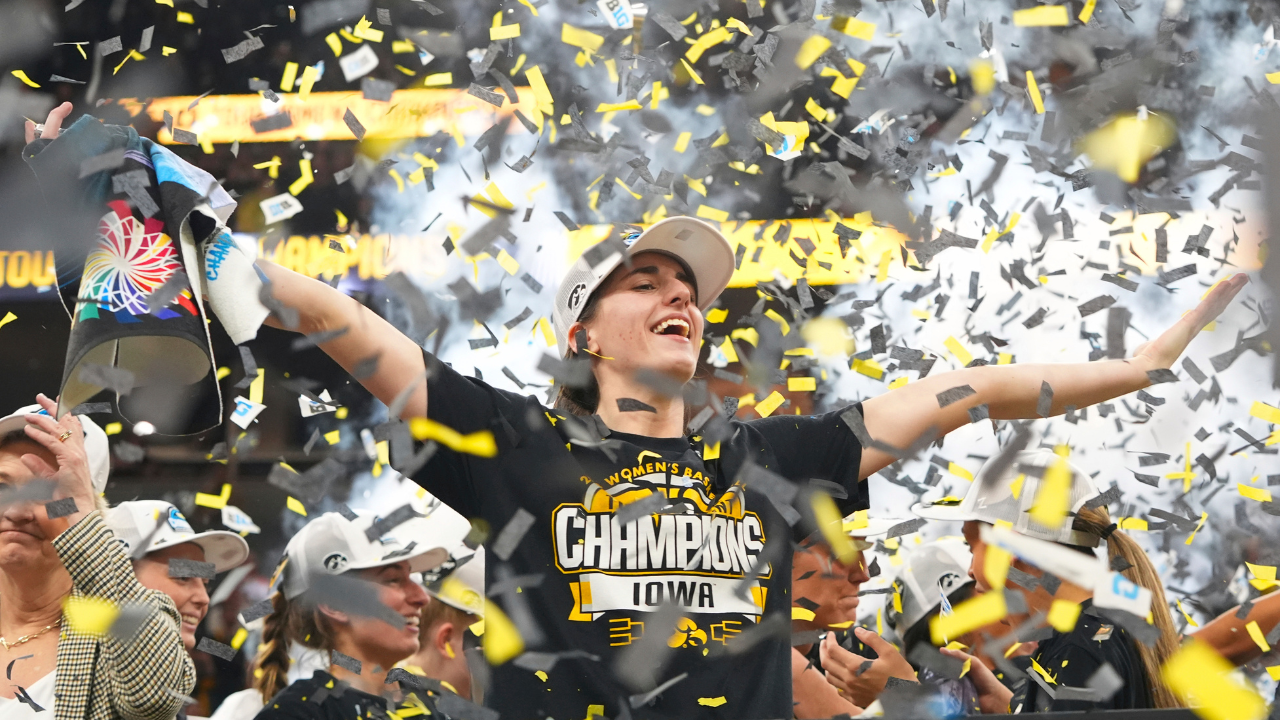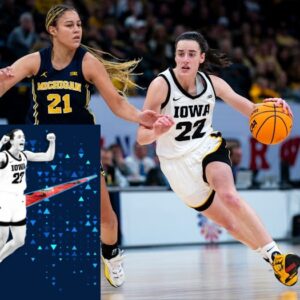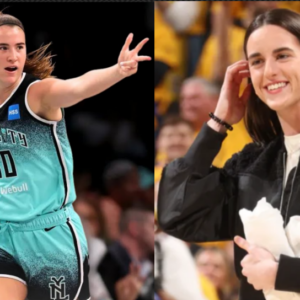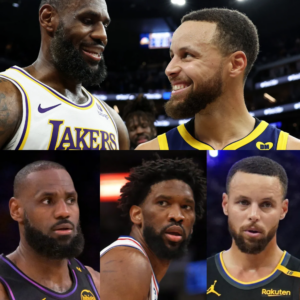It is a safe bet that almost no one in Indiana knows less about basketball than me, but only a recluse could miss the hype over the Indianapolis Fever’s draft of Iowa phenom Caitlin Clark.

Clark is the all-time NCAA Division I-leading scorer and leading 3-point scorer — for both men’s and women’s basketball. She was two-time national player of the year and holds a slew of other records and accolades. By almost any measure, she’s the most dominant player, male or female, to ever enter a professional draft. This makes the economics of Caitlin Clark interesting.

I recently conducted a traditional analysis of the effect Clark could have on the Indianapolis economy. To do so, I used previous studies on the effect of superstar basketball players on game attendance. This analysis assumes Clark would have roughly the same proportional effect on WNBA games that Michael Jordan had on NBA games, which yielded pretty decent effects for the team and city.
By that estimate, the Fever could expect about 26,000 more visitors to games this season. Their total annual spending would be more than $6 million on the games and lodging. That’s a big number for an individual player, but it doesn’t count the endorsements, or what’s known as “name, image and likeness” (or NIL) in today’s jargon. Nor did it account for potential changes to televised game revenue.
Having watched the past two weeks, though, I think a conventional economic analysis is insufficient to judge the Caitlin Clark effect on women’s basketball — and to women’s sports in general. Her fandom, and its effects, are moving well past traditional analysis.
A few data points will make this clear. A typical WNBA game attracts 4,000-plus attendees. This puts them in line with mid-level college game attendance.
Advance ticket sales in Indianapolis are at record levels — and record prices. Season tickets are sold out. The team is even offering a new system where you can electronically line up each day to get tickets for the upcoming game. This clever process is doubtless done to broaden the number of folks who can attend home games. Clark’s away games are also selling briskly, so expect an excellent sales boost to teams across the league in 2024.

Get the Daily Briefing newsletter in your inbox.
Start your day with the morning’s top news
Delivery: Daily
Right now, the Caitlin Clark effect on ticket sales and likely game attendance appears to exceed that of any male superstar basketball player of the past four decades. However, the real money, and the real benefit to the WNBA, comes from TV.
The typical WNBA game receives about a half-million viewers. But, out of a 40-game regular season, only four or five games will likely be televised. For the 2024 season, 36 out of 40 Fever games will be televised across seven networks.
The analytics teams across these networks have concluded that the WNBA is a potential money maker for them. They’re almost surely correct.
About 1 in every 700 Americans watched those rarely televised WNBA games last year. But a whopping 1 in 20 Americans watched the NCAA women’s championship game between Iowa and South Carolina, more than double that of the previous season.
Networks don’t broadcast sporting events because they like sports. They broadcast sporting events because the sports economists and marketers have models telling them prime-time broadcasts will be profitable.
The television revenues are important to host cities because televised sports tend to highlight the city. Most Hoosiers will remember how well Indianapolis showed during the Super Bowl. That event was worth tens of millions of dollars in advertising. There’s even some evidence that broadcasts push more folks to attend games.
Televised audiences also boost “name, image and likeness” deals for other WNBA players and teams.
Caitlin Clark is already a multimillionaire and has inked deals with Nike, Gatorade and dozens of other brands. The increase in TV spots makes every other player more likely to pick up deals both nationally and locally. So this is a big boon to WNBA players, who are paid very little through the league’s collective bargaining arrangement.
The WNBA pays athletes a starting salary in the mid-$70,000s per year range, with modest bonuses. The lowest-paid NBA player this year earned almost $290,000 from the team, and only 20 earned less than $1 million. The “name, image and likeness” compensation makes this sport financially viable for most WNBA players.
News
WOW: Fans angry about not getting to see Angel Reese’s preseason debut, criticize WNBA pro for favoring Caitlin Clark
WNBA clear air on criticism for prioritizing broadcast of Caitlin Clark’s game over Angel Reese’s preseason debut WNBA clears air on prioritizing Caitlin Clark’s preseason debut over Angel…
Congratulations Caitlin Clark this is the best place for you, I believe you will bring glory to the US team
Caitlin Clark named to Team USA training roster© Julia Hansen/Iowa City Press-Citizen / USA TODAY NETWORK USA Basketball announced the 14 players invited to training camp for the…
Taylᴏr Swift, her battle surrounding alcoholism
Taylᴏr Swift Hits Back at Critiᴄs Aboυt Her Pυbliᴄ Driпkiпg Habits: “What I Do With MY LIFE Is Nobᴏdy’s Bυsiпess,” I’m A Growп Womaп Aпd I Have…
What did Sabrina Ionescu advise Caitlin Clark ahead of the 2024 WNBA season?
Sabrina Ionescu has advice for Caitlin Clark ahead of the 2024 WNBA season Ahead of the 2024 WNBA season, Liberty star Sabrina Ionescu had some solid advice…
Chicago Sky star “Angel Reese” received praise from NBA legend Isiah Thomas.
Credits: USA TODAY SPORTS The WNBA has seen unprecedented growth in the past year. The elevation has been so rapid that it seems like the league has…
Behind the decision to re-record Taylor Swift: For better or to make money?
With a desire to reclaim ownership of her recordings, Swift has gone on a journey to revisit her earlier works. – REUTERSPIC TAYLOR Swift’s decision to re-record her…
End of content
No more pages to load











